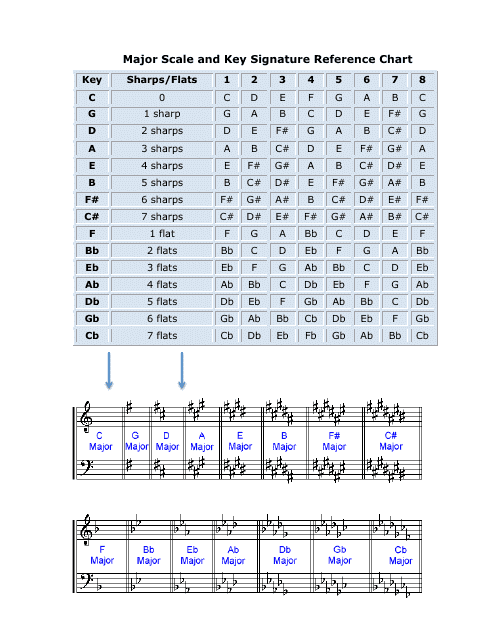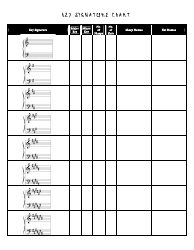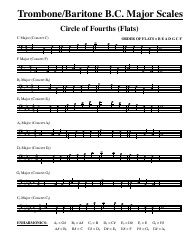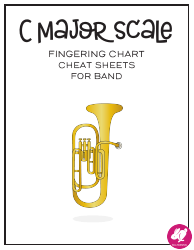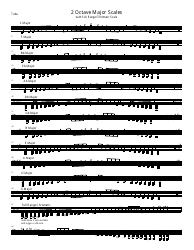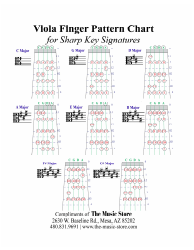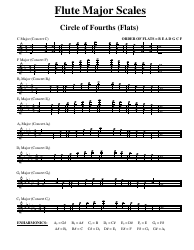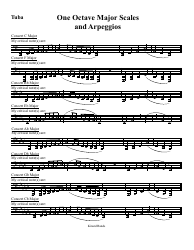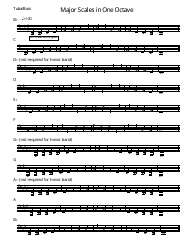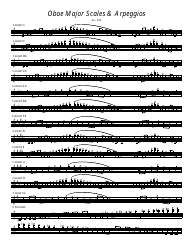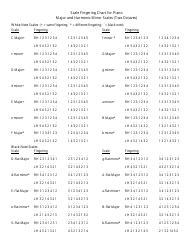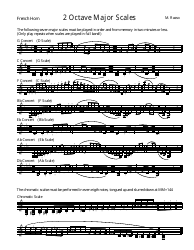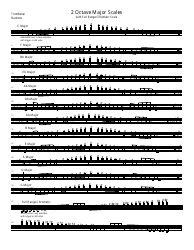Major Scale and Key Signature Reference Chart
The Major Scale and Key Signature Reference Chart is used as a visual guide to show the notes and key signatures of the major scale in music. It helps musicians understand and identify the key signatures and corresponding notes in a particular major key.
The major scale and key signature reference chart is not filed by a specific entity. It is a widely available educational resource that can be accessed online, in music textbooks, or provided by music teachers.
FAQ
Q: What is a major scale?
A: A major scale is a musical scale that consists of seven notes and follows a specific pattern of whole and half steps.
Q: What is a key signature?
A: A key signature is a series of sharps or flats placed at the beginning of a musical staff to indicate the key of a piece of music.
Q: What is the purpose of a key signature?
A: The purpose of a key signature is to simplify the music notation by indicating which notes are consistently sharp or flat throughout a piece.
Q: How many major scales are there?
A: There are 12 major scales, each starting on a different note.
Q: What are the notes in a major scale?
A: The notes in a major scale follow the pattern: W-W-H-W-W-W-H, where W represents a whole step and H represents a half step.
Q: How do I determine the key signature for a major scale?
A: The key signature for a major scale is determined by the number of sharps or flats in the scale. Each major scale has a unique key signature.
